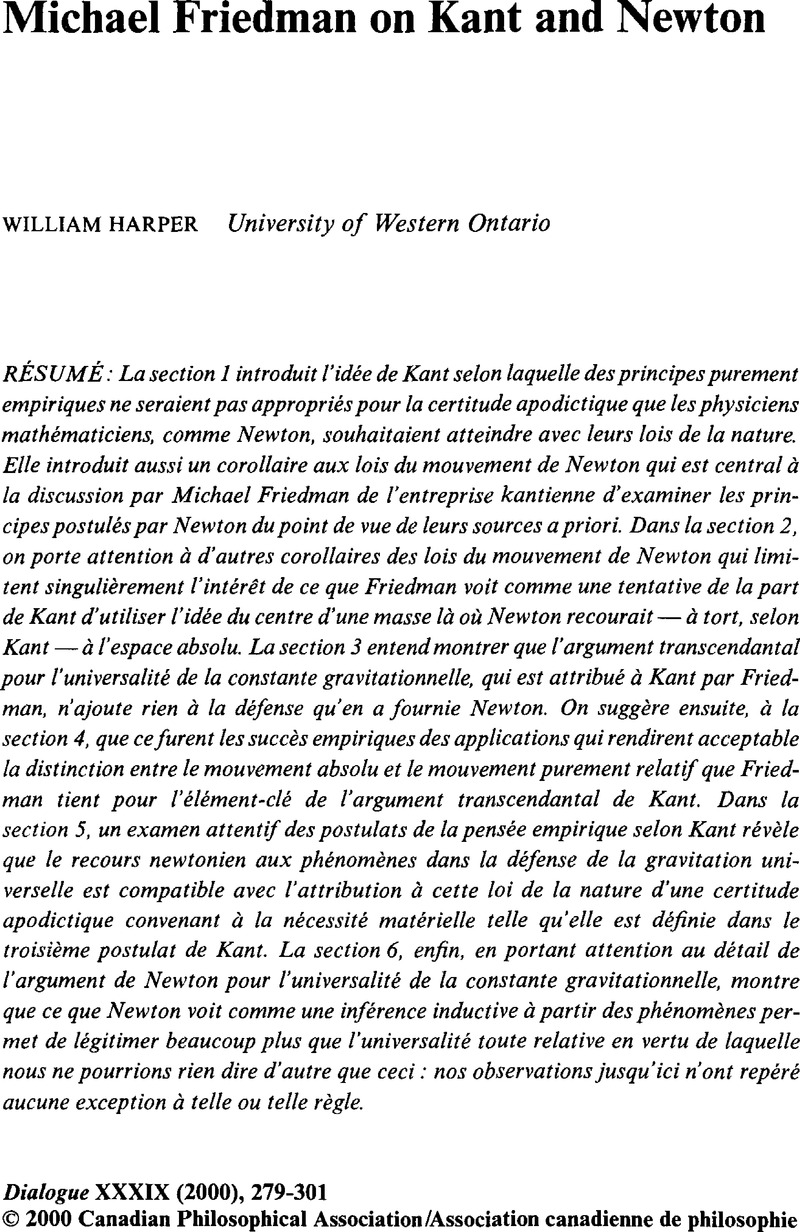Crossref Citations
This article has been cited by the following publications. This list is generated based on data provided by Crossref.
Ruffing, Margit
2002.
Kant-Bibliographie 2000.
Kant Studien,
Vol. 93,
Issue. 4,
Harper, William L.
2007.
Comments on Westphal.
Dialogue,
Vol. 46,
Issue. 4,
p.
729.





